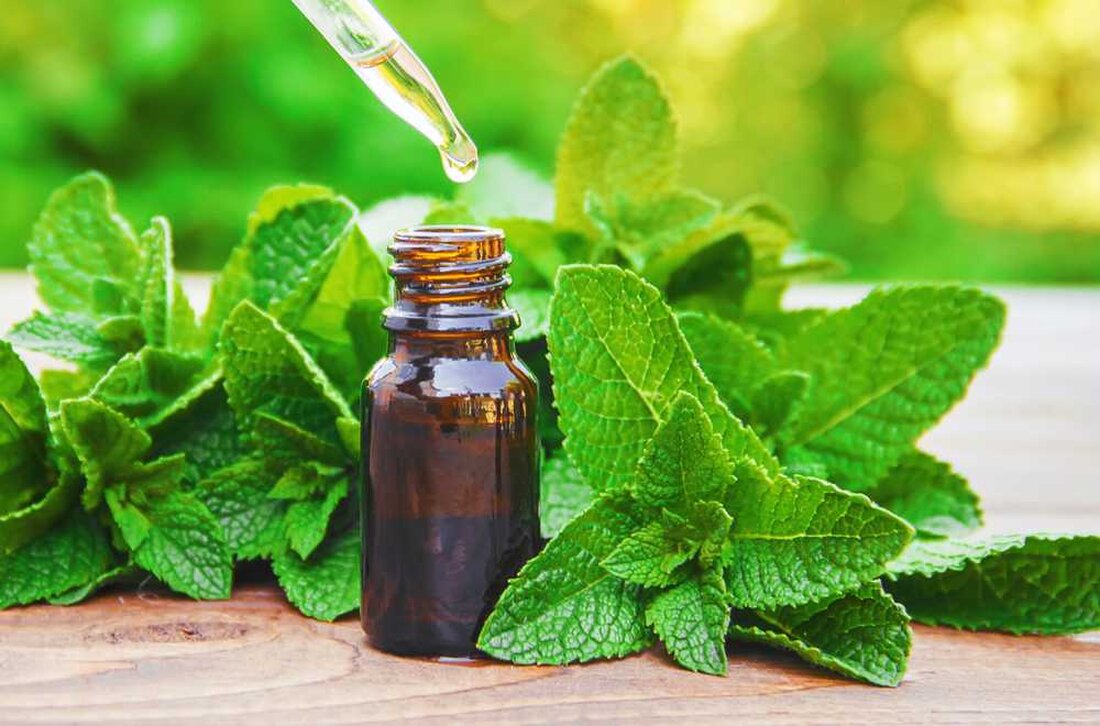Edible Insects: The Future of Food?
In recent years, interest in edible insects has increased enormously. While the concept may seem unusual to many people and even off-putting to some, insects could play an important role in the future of nutrition. In this article, we'll take a closer look at edible insects and discuss their potential benefits and challenges. The global food problem Before we look at the specific role of edible insects, we should first look at the global food problem. The world population is constantly growing and is estimated to exceed 10 billion by 2050. This represents a massive challenge for food production. To accommodate this population growth...

Edible Insects: The Future of Food?
In recent years, interest in edible insects has increased enormously. While the concept may seem unusual to many people and even off-putting to some, insects could play an important role in the future of nutrition. In this article, we'll take a closer look at edible insects and discuss their potential benefits and challenges.
The global food problem
Before we discuss the specific role of edible insects, we should first look at the global food problem. The world population is constantly growing and is estimated to exceed 10 billion by 2050. This represents a massive challenge for food production. To cope with this population growth, new sustainable solutions are required.
Why should we eat insects?
Eating insects is not new. In some parts of the world they are already an integral part of the diet and have been consumed for centuries. Insects are rich in proteins, vitamins, minerals and essential fatty acids. They also contain fiber and are usually low in fat. Additionally, insects produce fewer greenhouse gases and use less water than traditional livestock. Compared to beef, which requires around 15,000 liters of water per kilogram, insects only require a fraction of that amount.
The diversity of edible insects
There are more than 2,000 species of edible insects in the world. Some of the most well-known are crickets, grasshoppers, mealworms, silkworms and migratory locusts. Each type has its own advantages and disadvantages in terms of taste, nutritional content and growing conditions. It is believed that edible insects can provide a sustainable source of protein that can be easily grown and farmed.
Insect breeding and processing
The breeding of insects for human consumption occurs in special farms. These farms are designed to provide optimal living conditions for the insects to promote their reproduction and rapid growth. Insect powder and flour are the most commonly used forms of edible insects. These products can be used in a variety of food products such as protein bars, pasta, snacks and even burger alternatives.
Health Benefits of Edible Insects
Edible insects have many health benefits. Due to their high protein content and lower amount of fat, they can be a good alternative to protein-rich foods such as meat or fish. In addition, some insect species contain important minerals such as iron, zinc and magnesium. Edible insects are also rich in omega-3 fatty acids, which are important for heart and brain health.
Challenges and obstacles
Despite the many potential benefits of edible insects, there are also several challenges and obstacles that must be overcome before they can become a widespread dietary alternative. One of the biggest challenges is overcoming the stigma associated with eating insects. Many people still find the idea of eating insects repulsive.
In addition, there are legal hurdles to overcome, as insects are not permitted as food in most countries. Specific regulations and guidelines need to be developed to ensure the safety and quality of edible insects. In addition, the costs of raising insects are currently still relatively high. However, scaling production could lead to a reduction in costs.
Conclusion
Edible insects could be a promising solution to future nutritional problems. They are rich in nutrients, environmentally friendly and easy to grow. Despite some challenges, there are already many companies and organizations that specialize in insect farming and are trying to establish edible insects as a sustainable source of protein. Whether edible insects will actually become the future of food remains to be seen, but their potential is very promising.
Sources:
– World Economic Forum. (2020). Edible insects: the future of food? Retrieved from https://www.weforum.org/agenda/2019/09/edible-insects-the-future-of-food/
– Food and Agriculture Organization of the United Nations. (2013). Edible insects – future prospects for food and feed security. Retrieved from
These sources provide a comprehensive overview of the subject and provide further information about the benefits of edible insects.

 Suche
Suche
 Mein Konto
Mein Konto
